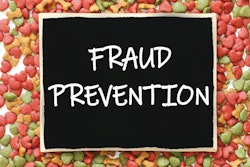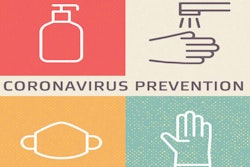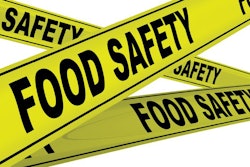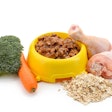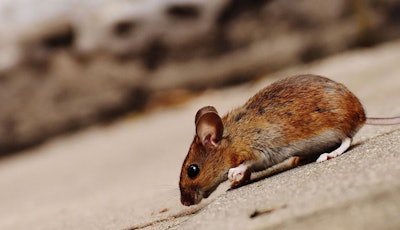
Pet food facilities, like all dry food processing facilities, are at risk to nearly every pest you can think of. Specific pest risks will be dependent on what said facilities are manufacturing, how they manufacture it, and their sanitation and structural risks.
The highest pest risks
“Of all the pest risks, I believe stored product pests pose the most universal risk to pet food facilities,” said Anna Berry, training manager and entomologist for McCloud Services, an integrated pest management solutions business. “Stored product pests are a group of pests that live in the grain-based food that they eat. They’re ubiquitous in a pet food facility because we typically find product throughout — settled in cracks and crevices, building up in equipment, and forgotten in tall racks. Most pet food facilities are challenged by one or more species of stored product pests. The specific pests will be dependent on the food produced.”
Some top pests to look out for, according to Berry, include Indian-meal moths (which tend to be a universal pest of pet food), warehouse beetles (commonly associated with dry cat and dog food) and rice weevils (a major pest when the ingredients include whole kernels or rice).
“After stored product pests, rodents are the most common pest,” said Berry. “A well-sealed building and thorough sanitation can reduce the risks of rodents significantly. Cockroaches follow rodents on the list, and a good sanitation plan will mitigate that, as well.”
Proactive steps to minimize pest issues
As with most things, an ounce of prevention is worth a pound of cure. Fortunately, there are plenty of ways to be proactive when it comes to pest control.
“Pet food facilities can minimize their concerns by educating their staff on food safety best practices, developing and adhering to a strict cleaning schedule and creating a sound integrated pest management program with pest devices strategically placed based on a risk assessment,” said Shane McCoy, director of quality and technical training at Wil-Kil Pest Control, a company that serves both commercial and residential facilities.
Sanitation is the number one way to stay ahead of pests, according to the experts.
“Pests found in a pet food facility are typically symptomatic of a sanitation issue,” said Berry. “If we are able to keep the environment clean, the pests cannot take hold. There are some exceptions to that; specifically, stored product pests are a big exception: they can enter a facility through ingredients and slowly infest a facility. If the environment is kept free of hospitable conditions and the facility regularly inspects incoming goods, they can stay ahead of those problems. The single most proactive step is to have a thorough sanitation schedule that details how and when every part of the facility (including equipment) is cleaned.”
Another way to prevent pest issues is to have a comprehensive pest management program. According to McCoy, some things to consider when putting together a program include:
- A thorough inspection
- Exclusion performed based on that inspection
- Identifying the zones that pose the highest risk
- Establishing pest thresholds with clear actions when those thresholds are breached
- Providing documentation in a logbook:
- Certificate of Insurance
- Business and applicator licenses
- Label and safety data sheets (SDS’s)
- Service reports
- Performing an annual risk-based facility assessment
Staying on top of things key to success
Discovering you have a pest problem can be a lot more expensive than taking regular steps to prevent it.
“Proactive sanitation and structural exclusion are always going to be effective at a pet food facility,” said Berry. “Having a pest management company that is familiar with the risks and sensitivities of pet food is essential — these spaces have far more risk than other facilities because the product is attractive to so many pests. A quick response is necessary because these problems can’t be left to fester or they will eventually become unmanageable.”




